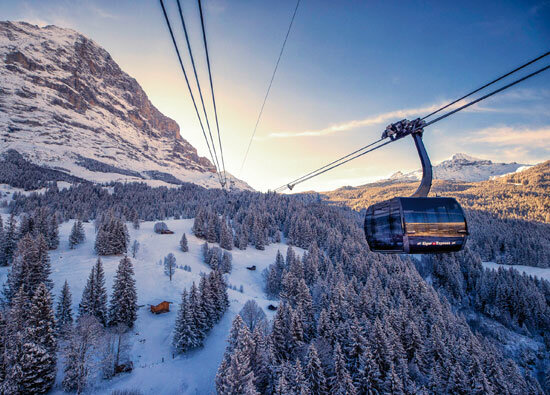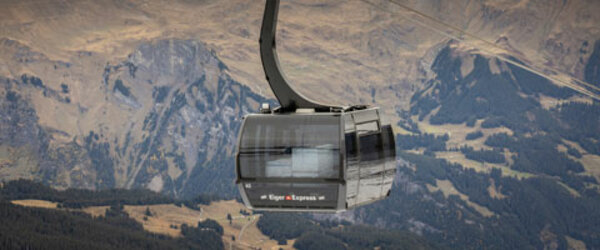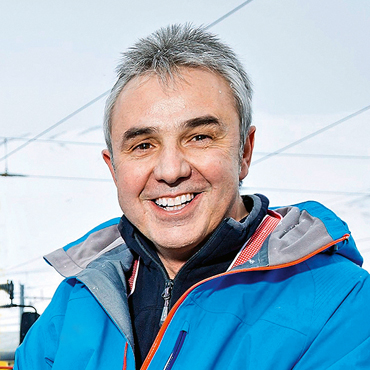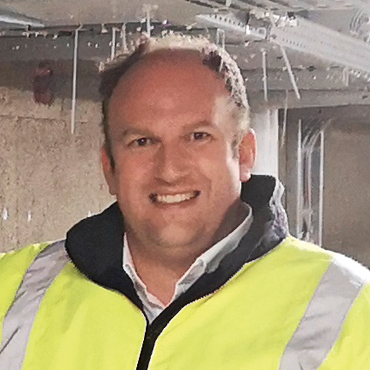Grindelwald, Switzerland
Jungfraubahnen
The Jungfraubahnen, situated in the Bernese Oberland, is part of Jungfraubahn Holding AG, which also includes other rack railways, ropeways, and winter sports facilities in the region. The Jungfraubahn, which originally opened in 1912, runs along a tunnel at inclines of up to 75% through the north face of the Eiger and straight through the Mönch. In 2019, the rack railway transported over a million guests to Europe’s highest railway station (3,454 meters). Here, visitors can explore a fascinating world of rock, ice, and snow as well as a range of shops and restaurants. All goods needed here are delivered by the Jungfrau Railway on freight cars pushed up by the passenger trains.
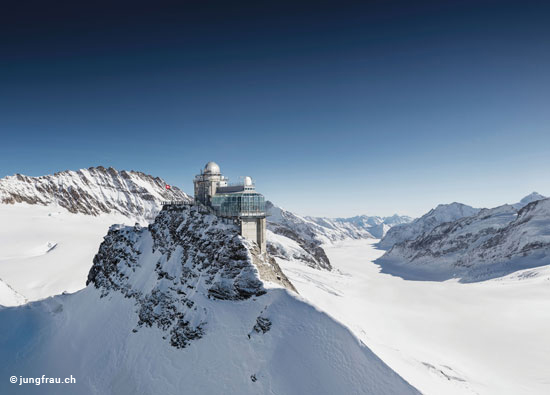
To reach Jungfraujoch, visitors have to travel up from Wengen or Grindelwald by train and then switch to the Jungfraubahn. A number of attractions and services await visitors at the top. This means that it’s not just passengers that need to be transported to the “Top of Europe”, but goods as well. The trains have extra capacities for goods, meaning they are transported along the same route as the passengers. As a result, the goods have to be laboriously transferred several times. The trip from the valley to the summit takes about one and a half hours. To make the journey to Jungfraujoch even more appealing for tourists, Jungfraubahnen decided not just to reduce the travel time, but to make the goods transport easier as well.
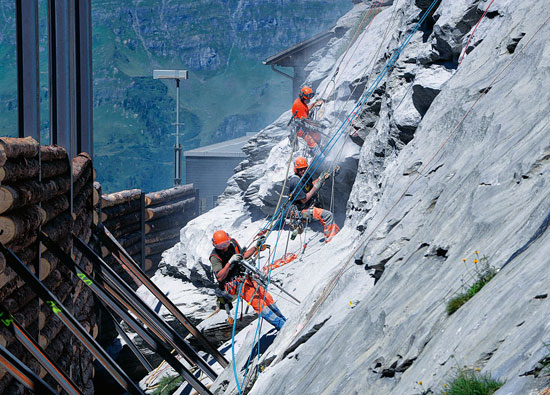
Jungfraubahnen saw that there was a need for action given the ever-increasing numbers of passengers and quantities of goods that need to be transported. The aim was to optimize the flow of goods without restricting passenger services. One area of focus was the issue of safety: How can passengers and goods be transported together whilst meeting all the safety standards? The extreme altitude as well as the landscape conditions had to be taken into consideration too. The conditions at the key positions alone—in some cases at 2,300 meters with below-zero temperatures without direct access options—presented a challenge. In response, the Doppelmayr Group combined its forces to create a unique solution.
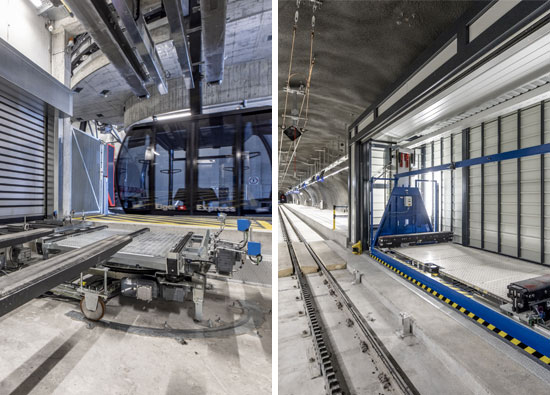
We worked together within the Doppelmayr Group to implement a unique innovation for the combined transport of passengers and goods. An efficient tri-cable ropeway is now in use from the new Grindelwald terminal to the Eigergletscher station. The newly developed loading robot automatically loads goods in the cabin parallel to passenger services. Upon arrival at Eigergletscher station at the top, the goods are automatically unloaded and a conveyor belt transports them on to the Jungfraubahn where they are loaded on the train. At the Jungfraujoch loading and unloading station, which was newly developed by LTW, there are 3 minutes during passenger exchange to lift the fully loaded pallets from the rail car, move it to the correct area, and position it in the free storage space on the lower floor. An empty pallet is then collected, brought up, and placed on the rail car after which the train is once again ready to depart.
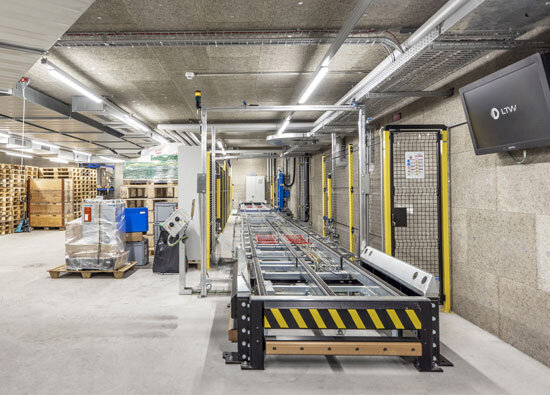
Incoming Goods at Grindelwald
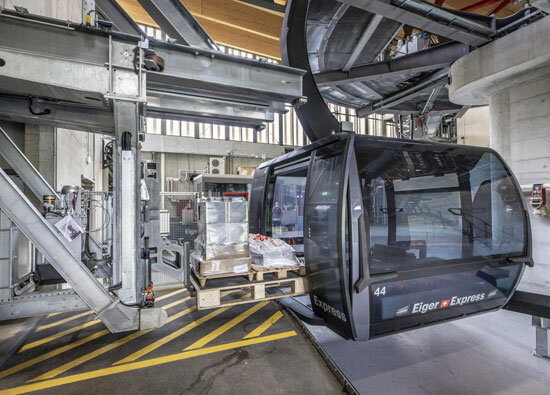
Unloading the Cabin at Eigergletscher
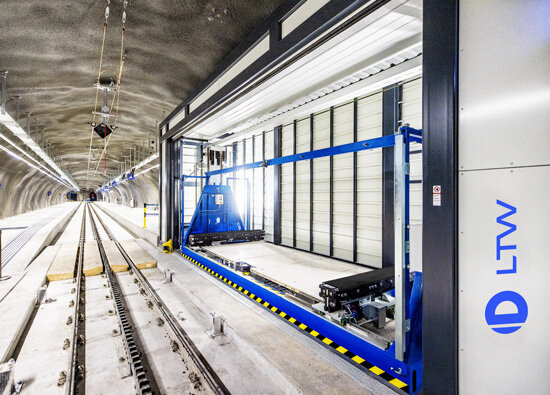
Jungfraujoch Summit Station
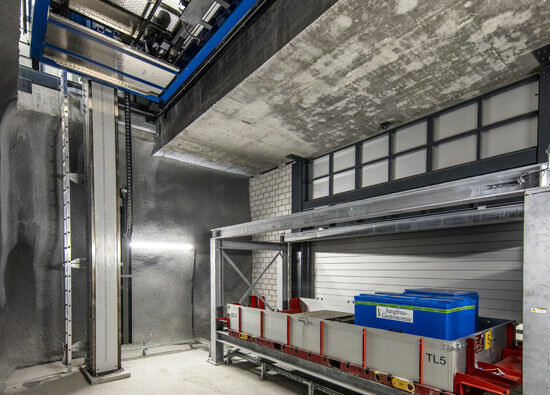
Unloading the Rail Car in 3 Minutes
